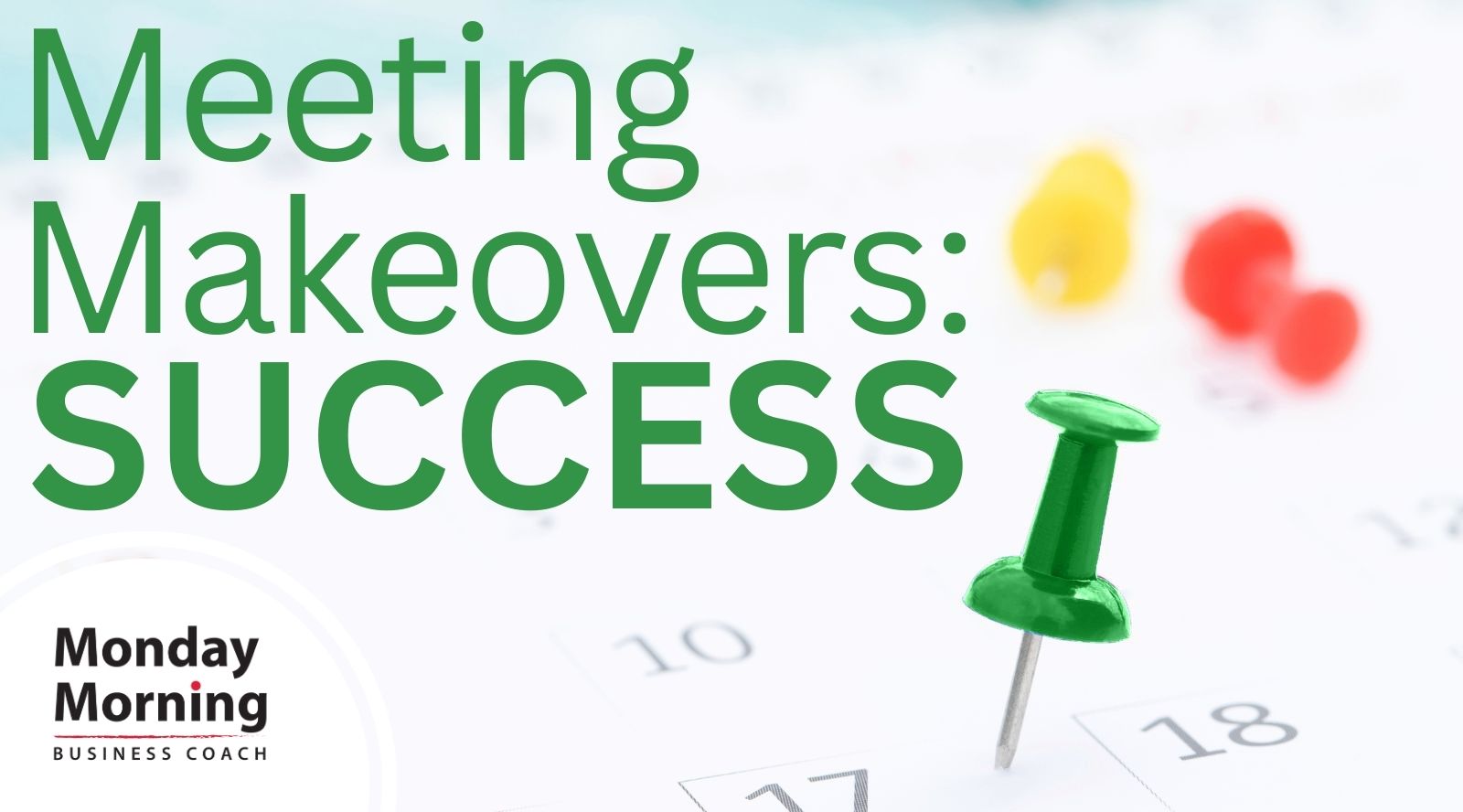While meetings are supposed to be a means to success—both organizationally and interpersonally—we find many people describe them as a time-suck that actually prevent them from being successful. Over the past month, we’ve been discussing some ways to support you in creating meetings that are efficient, engaging, and empowering by:
Despite the best of planning though, sometimes meetings derail.
Maybe someone talks at lengths about a topic that isn’t part of the meeting, or you’re not able to get the group aligned on a decision, or emotions flair and the whole meeting blows up. We’re sure you can all think of a number of times when one or more of these has happened!
How can you move through your meetings with efficiency, while keeping the team engaged and feeling empowered to take action? And, when does it make sense to end the meeting, regroup, and/or reschedule?
Today, we’re answering those questions with some suggestions we’ve found successful over the years:
When someone goes off-topic or down a rabbit hole:
- Restate the reason for the meeting – for example, you could say, “Remember, we’re here today to make a decision about XYZ. Your topic is also important, so let’s make a note to add it to the agenda of the ABC meeting (or add it to the parking lot).”
- Even if you’ve stated the goal at the beginning of the meeting, it can be powerful to remind the team again.
- It’s important to demonstrate that you value the topic they’re bringing up and need to keep your meeting on track.
- Before the end of the meeting, determine where those topics will get addressed.
When the team isn’t aligned:
- It can be helpful to remind the team that they don’t have to agree, in order to be aligned. You could say something like, “While the final decision may not be your first choice, is it a reasonable avenue to get us where we need to go? Given all the givens, can you stand behind this after we come to a final alignment?”
- To help with this, we’d suggest our Benefits, Concerns, Suggestions framework. Click here to download the full exercise with facilitation tips and suggestions.
- Here’s a quick description of how to use this framework:
- Each of you should first take a few minutes to ensure that you’re addressing the same problem or decision. Then ask the following questions in this order.
- What do you see as the benefits of this idea as it was described?
- What concerns do you have about this idea as it was described?
- What suggestions do you have to enhance or refine this idea?
When emotions flare:
- If emotions flare, PAUSE and then ask everyone to approach the discussion with curiosity and respect. For example you could say, “Okay, I know we have some strong opinions and I’d like everyone to take a moment to pause. Our goal here is to have a good conversation that’s informative and advances our understanding of the topic.” You may also want to repeat the goal or reason for the meeting here as well.
- Pausing is usually a good way to give people the opportunity to steady their emotions. A brief break can also defuse an emotional situation.
- It’s very important that as the leader of the meeting you don’t allow anyone to be “beaten up” by other members of the team. If the tension is too high, it’s better to adjourn and deal with the high emotions offline, and then reconvene the meeting at another time.
Creating successful meetings and getting them back on track when they’re derailed is a critical key to your leadership.
Consider how you could use some of these Meeting Makeover suggestions from the past month, to create efficient meetings where people are engaged in the conversations and decisions, and leave feeling empowered to move forward toward individual, team, and organizational success.
Let us know how it goes!
If you’d like support
with meeting makeovers,
contact us today.


